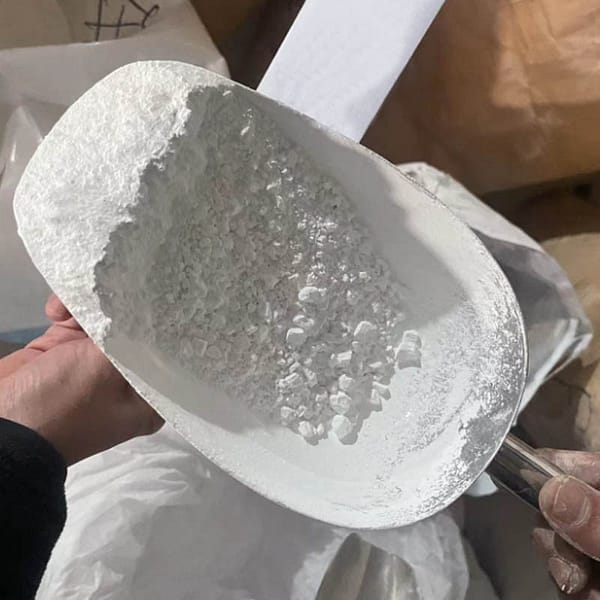In the vast canvas of industries of titanium dioxide, which is also referred to as TiO2, titanium white or Pigment White 6 (PW6), emerges as a shining shine, especially in the field of paints, plastics and paper and rubber. This versatile compound, with its brilliant white pigment plays a important role in turning raw material into vibrant finished products. Explore the applications of titanium dioxide as well as its manufacturing processes. Find out the effect it has in various industries.
The Canvas of Titanium Dioxide: A Palette of Possibilities
Titanium dioxide is an important element in the manufacturing of a variety of products, which contributes to the appearance and utility of objects we see every day. Pigment White 6 is used for the production of paints. It is a brilliant and opaque white that improves the appeal of industrial and artistic applications.

In the industry of plastics titanium dioxide not only gives color, it acts as stabilizing UV agent, providing protection from the harmful effects induced by ultraviolet radiation. This dual functionality makes it an essential ingredient in a myriad of plastic products, from packaging materials to sturdy outdoor products.
The Manufacturing Alchemy – Titanium Dioxide Production Processes
Two methods are the mainstays in the production of titanium oxide: the sulfuric acid method, and the chlorination-acid technique. Each method has distinct applications and complexities which add to the wide range of applications that titanium dioxide is used for across various industries.
The Sulfuric Acid Method: This method involves the reaction the ores that contain titanium with sulfuric acid that results in the creation of a solution containing titanium sulfate. The solution is then hydrolyzed to an hydrated titanium oxide. The product that is produced, after calcination, is an extremely fine white powder ready to be incorporated into different applications, notably in the paper and paint industries.
The process of chlorination: By contrast, the method of chlorine makes use of chlorine gas to react with titanium-bearing minerals, creating titanium Tetrachloride. Through an array of chemical changes the titanium tetrachloride gets oxidized to create pure titanium dioxide. This method is widely used in the production and use of titanium dioxide by rubber, plastics, and various other industries.
The Art and Science of Titanium Dioxide Applications
Titanium Dioxide is a pigment that has a brilliant shine across all sectors. The capacity of titanium dioxide to give a vibrant white color and great coverage and excellent coverage makes it a good choice for industrial and residential applications. The bright white color it imparts to the canvas isn’t just an aesthetic feature it is also practical. It extends the life of painted surfaces.
Shaping Plastics with Radiance: In plastics, titanium dioxide serves a dual purpose. It’s not just a pigment, but also an UV stabilizer that protects against the harmful impacts of sunlight. It is commonly used in outdoor plastic products to protect their quality and appearance.
Titan dioxide is used in the paper business in order to increase the whiteness of the paper as well as to increase its transparency. The addition of titanium dioxide enhances the brightness of paper and makes printed content more vibrant and easy to read. The role of titanium dioxide in the paper-making process is more than aesthetics. It’s crucial in improving the quality of printed materials.
Rubber Resilience and UV Resistance: The rubber industry reaps the benefits of the UV resistance provided by titanium dioxide. Titanium dioxide is used in rubber products that are exposed to the sun, and this ensures the quality and durability of items made of rubber.
Beyond Pigment: Titanium Dioxide’s Invisible Impact
While titanium dioxide’s impact is prominently visible as an ingredient in pigments, its significance extends beyond the realms of color. Because it can increase the durability, resistance and long-lasting properties of different industries It is a non-visible but essential contributor to quality and functionality.
Titanium dioxide is a material that has an enormous influence on various industries. It seamlessly blends into their fabric. Pigment White 6 is a pigment that can add glamor to all types of canvases, whether artistic or industrial. The production process is a mix of two processes such as chlorineation and sulfuric acids. This ensures a wide array of possibilities. Titanium dioxide is a great illustration of the harmonious blend between art and science which is evident in the manufacturing process. It can be used to enhance the appearance of paints, shield materials from UV rays and enhance the brightness of paper. The brilliance it emits shines through our everyday lives, creating an array of products that have longevity and impact.